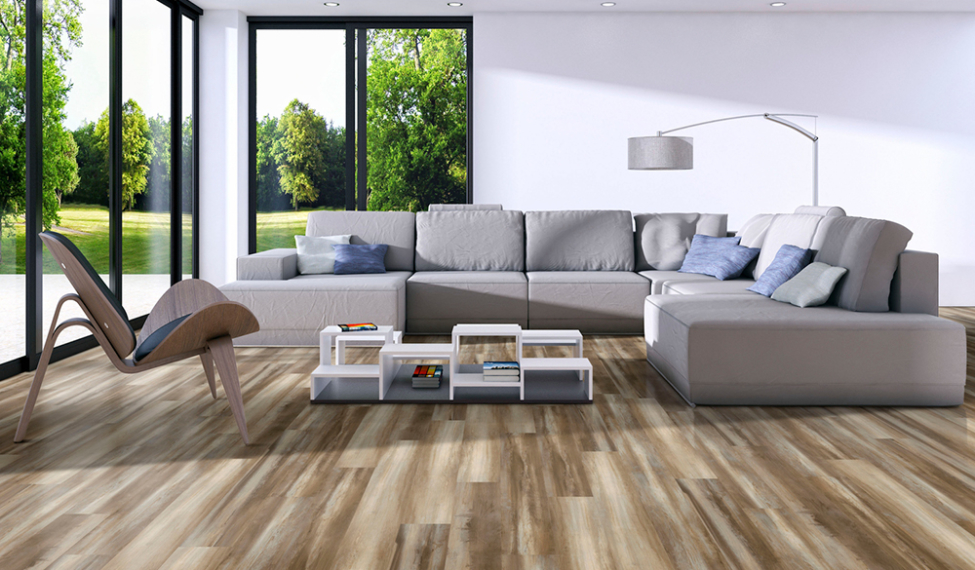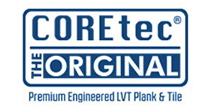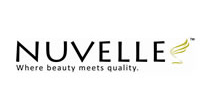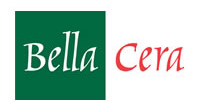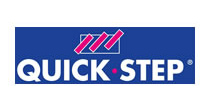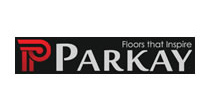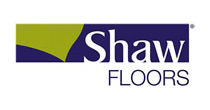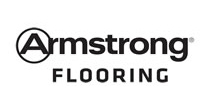Luxury Vinyl
Originally, this material was mainly preferred by homeowners for its quick installation process and simple maintenance. Well, vinyl and particularly the varieties supplied by Foundation Flooring boasts several other advantages as well.
Pros of vinyl flooring
Vinyl brings a plethora of benefits to play:
- Opting for the tiles or wood plank formats makes the DIY floor installation project very simple.
- Vinyl flooring can be installed in several means, including adhesives, double tape, floating or click lock.
- The surface of the vinyl flooring can be coated with layers that perform different functions (anti-slipping, antistatic, stain proofing, scratch resistance, anti-mold or UV protection).
- The robustness of the fabric deems it ideal for high traffic residential or commercial applications.
- The versatility of the production enables vinyl to emulate any other type of flooring material.
- Caring for vinyl flooring is a no-brainer.
- It does not retain allergen, dust or harmful microorganisms.
Cons of vinyl flooring
A few setbacks proprietary to this category of flooring solutions comprise of:
- Installing sheets/tiles of vinyl utilizing adhesives makes the flooring difficult to remove later on.
- Improperly laying the planks/tiles via self adhesive or double tape makes the floor prone to ripples.
- The click lock installation method can only be utilized if you opt for vinyl planks.
What exactly is vinyl?
Vinyl flooring is essentially a multilayered material. The thickness and the number of layers utilized in the making of the vinyl flooring depend primarily on the manufacturer's practices, the location, the role of the floor and your preferences. However, in most cases, a quality vinyl floor will incorporate the following layers:
- Backing layer, which is either constructed from a fiberglass/felt combination (vinyl rolls) or exclusively fiberglass (tiles and planks); the backing is responsible for stability, comfort and thermal/sound insulation
- Stabilization layer, optional, improves the aforementioned capabilities of the backing layer; vinyl with a higher density of the stabilization layer is generally of superior quality
- Texture layer, optional, implemented mainly when the vinyl flooring needs to emulate the granules and embossments of hardwood floors
- Printed pattern layer, utilized to simulate the appearance of faux ceramic, marble, granite, etc. via the print; in conjunction with the texture layer, the printed pattern displays a perfect imitation of these materials
- Wearing layer, mandatory, the thickness of this layer determines the resilience of your vinyl flooring to physical damage; the recommended thickness of the wearing layer is of +0.025 mm
Vinyl Floor Maintenance
Even though it is simple, properly caring for the vinyl floor should be performed on a regular basis. Utilize a broom or a vacuum cleaner to remove any dust or dirt particles that accumulate. Buff and absorb liquid or semi solids spills with a clean microfiber cloth as soon as they occur. Lastly, ensure that the waxing or shining product you plan to use is endorsed by the floor's manufacturer beforehand.
At Foundation Floors we have quite a few categories of vinyl in our inventory, so don't hesitate to check them out!

